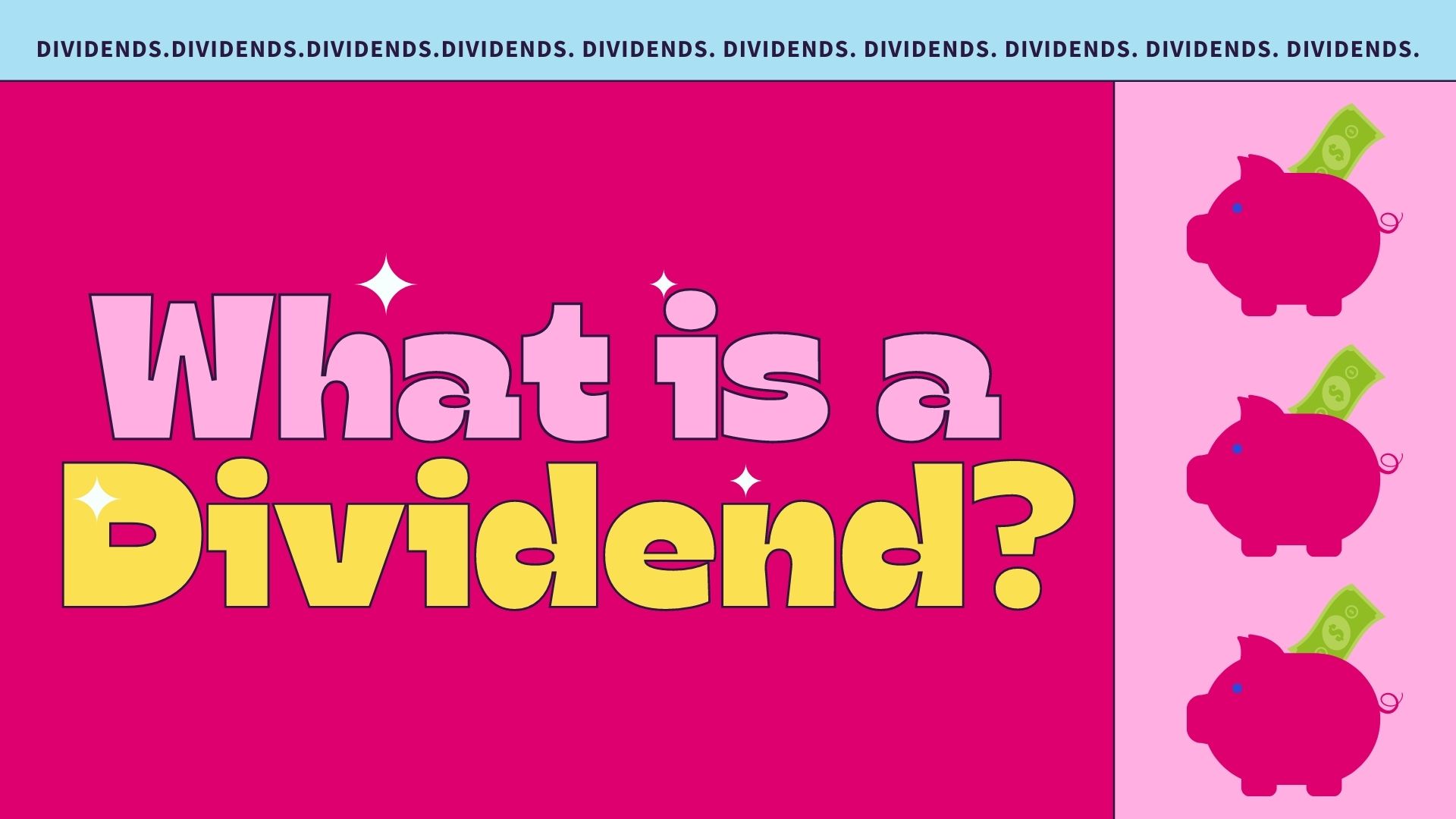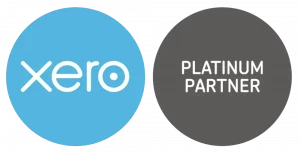“You can take a dividend” – That’s great, but what is a dividend?
The business world can be a big scary place, where people use lingo that you may not understand. However, some words and phrases sound far scarier than they actually are. We have noticed that the mention of dividends seems to scare a lot of our clients and having an accountant explain them can often lead to more confusion.
So, we thought we would let you in on the basics!
The definition of a dividend
“A dividend is a sum of money that a limited company pays out to someone who owns shares in the company.”

To be able to take a dividend, you must be a shareholder owning a percentage of the company. You know on Dragons Den when they are haggling over percentages of the company ….. that’s the shares on which a dividend can be paid.
Limited companies can only pay dividends if they have enough accumulated profit, also known as retained earnings, in the business to do so. The dividend payment comes out of profit after corporation tax. Even if the company has enough cash to pay a dividend, it is illegal for the dividend to be paid if there is no available profit.
Dividends should be distributed according to the percentage of company shares owned by each shareholder. So, if you own half the company’s shares, you should receive 50% of each dividend distribution.
How to take a dividend
The profit that the dividend is paid from can be from the most recent accounting period or from a previous accounting period, but the directors must have board meeting to minute they have checked there is enough profit available for distribution before they allow any dividends to be paid. Permitting a dividend to be paid is called ‘declaring’ a dividend.
If you are the only person … you still should have a meeting with yourself to check that there is enough profit in the business to take the dividend. Don’t worry, you don’t need to talk to yourself, just complete the check.
To be able to check if there is enough profit in your business to take a dividend. Your books HAVE to be up to date.
For every dividend payment your company makes you need to issue a dividend voucher to each shareholder that shows the following:
- Date the dividend is paid
- Company name and number
- Name and address of the shareholder
- Amount of the dividend and the number of shares held, including the rate and class
- The dividend certificate number
- The company year end the dividend relates to
- Whether it is an interim or final dividend
- Signed by an office holder
A copy of the voucher should be given to all recipients of the dividend amount and a copy kept for company records.
How dividends work
Stay with me here, there are some numbers;
Tokyo Ltd makes a profit of £1,000 in this current year. There is also some profit saved from previous years of £3,033 of which corporation tax has already been taken.


Silene is the only shareholder of Tokyo Ltd and decides she wants to take a dividend. She sits down and works out that she can take the previous years profit as a dividend. She then works out she can also take the profit from the current year as a dividend, providing she accounts for the corporation tax. She takes away 19% of the £1,000 leaving £810 that can be taken. In total Silene takes £3,843 as a dividend.
She then created board minutes and a dividend voucher for her records. Silene is happy as she can now afford to go on that holiday that she wanted to book.

How are dividends taxed
The limited company does not need to pay tax on the dividend. However the shareholders taking the dividend may have to pay tax personally dependent on their personal circumstances through their self-assessment tax return.
The limited company and the shareholder taking the dividend won’t need to pay national insurance on the dividend taken. This is why many business owners take a small salary and dividends.
Everyone gets a personal tax free allowance of £12,570 (for the year 2021/22), you can then earn an additional £2,000 in dividends before you pay any income tax on your dividends (for the year 2021/22). Once you have used up your personal allowance and the tax-free dividend allowance of £2,000 any further dividends received from any source will be taxed.
The amount of personal tax you pay on income from dividends is based on your tax band. The rates you pay are lower than the income tax rates you would receive if taking a salary, which is why it can be a tax-efficient way to pay yourself as a shareholder. Here are the rates:
Basic rate tax payer- 7.5%
Higher rate tax payer – 32.5%
Additional-rate tax payer – 38.1%
So in conclusion, taking a dividend can be a great way to pay yourself as a shareholder if your business is making a profit.




